61 pages • 2 hours read
Stephen KingNight Shift
Fiction | Short Story Collection | Adult | Published in 1978A modern alternative to SparkNotes and CliffsNotes, SuperSummary offers high-quality Study Guides with detailed chapter summaries and analysis of major themes, characters, and more.
Summary and Study Guide
Overview
Originally published in 1978, Night Shift is Stephen King’s first short story collection. The collection features 20 stories within the suspense and horror genres. King found early success with his novels Carrie (1974), ’Salem’s Lot (1975), and The Shining (1977), and his publisher encouraged him to collect his early fiction, which King wrote over the course of a decade.
The stories that comprise Night Shift account for much of King’s early apprenticeship toward writing. Nine of the stories were published in Cavalier from 1970 to 1975, while others were published in Cosmopolitan, Gallery, Ubris, Penthouse, and Maine Magazine. To bolster the collection for publication, King composed four new stories: “Jerusalem’s Lot,” “Quitters, Inc.,” “The Last Rung on the Ladder,” and “The Woman in the Room.” Several of the stories have been adapted into feature-length films and television series, with the Children of the Corn film series proving the most enduring. In 1977, King received many letters from film students interested in adapting stories from Night Shift. In response, King initiated his Dollar Baby program, in which he grants permission to students to adapt one of his selected short stories for one dollar. At least five of the stories in Night Shift have been adapted, and the Dollar Baby program helped launch the career of Frank Darabont, who has since directed several award-winning King adaptations, including The Shawshank Redemption (1994).
Night Shift is rife with stories of blue-collar people facing both real-world and supernatural hostilities. While writing most of the stories in Night Shift, King was still very close to his own working-class past; the money he made selling these stories supported him while he was working menial jobs after graduating from college. King continues to root much of his fiction amidst characters and environments that are extremely similar to those in Night Shift. His first collection provides a look at a young novelist developing into the writer who would shape an entire genre of American fiction.
This study guide refers to the 2012 Anchor Books edition.
Content Warning: The source material features depictions of domestic violence, murder, alcohol addiction, body-shaming, and suicidal ideation. Additionally, the source material makes use of racist and bigoted language.
Plot Summary
In the first four stories, protagonists face nonhuman forces that manifest as mutated earthly entities. A man takes possession of his ancestral home in “Jerusalem’s Lot,” but his presence resurrects an ungodly worm and the horrors of his family’s past. An underground rat infestation becomes a nightmare of evolution and paranoia for the desperate men tasked with clearing it out in “Graveyard Shift.” In “Night Surf,” the dynamic shifts within a group sheltering from a global pandemic after one member admits to being infected with a new strain of the virus. A disabled former-astronaut hosts a murderous alien presence that watches the world through eyes in his hand in “I Am the Doorway.”
Stories 5 through 8 focus on the disintegration of authoritative relationships. Several gruesome killings at an industrial laundry lead a detective to exorcise a possessed laundry press in “The Mangler.” A distressed man relates the tale of his children’s deaths to a psychiatrist in “The Boogeyman” while the creature that killed them is closer than he thinks. In “Gray Matter,” a young boy watches a batch of tainted beer turn his father into a gelatinous creature that eats stray cats. “Battlefield” sees a set of toy soldiers seek revenge on the assassin who killed their maker.
In Stories 9 through 12, King turns inwards and examines the composition of the self. Sentient bloodthirsty trucks trap a group of people in a truck stop, killing them one by one until an uneasy agreement is reached in “Trucks.” When the violent youths who murdered his brother show up in a teacher’s class dozens of years later, he fears for his life in “Sometimes They Come Back.” In “Strawberry Spring,” the recurrence of a serial killer’s name in a newspaper sends a man reminiscing about his distant college days, when the killer originally struck. A vengeful crime-boss forces his wife’s lover to perform a death-defying circuit on the outside of a building in “The Ledge.”
Stories 13 through 16 question the nature of religion. A homeowner is horrified to witness the disturbing ritual performed on his lawn by the mowing service he hired in “The Lawnmower Man.” In “Quitters, Inc.,” a man desperate to quit smoking submits to a sadistic regimen that endangers his family. A young woman is unable to recognize the disturbing behavior of her paramour before he grows murderous in “I Know What You Need.” A couple with a troubled marriage stops in a deserted small town in “Children of the Corn” and uncovers a homicidal cult of children who worship a being in the corn.
In the final four stories, King focuses on American nostalgia. The news of his estranged sister’s suicide forces a young lawyer to re-evaluate a cherished memory in “The Last Rung on the Ladder.” Everyone who looks at “The Man Who Loved Flowers” imagines he is in love; they could never imagine that he uses a hammer to murder women. Two men help another man attempt to rescue his family from vampires after a snowstorm forces their car off the road in “One for the Road.” In “The Woman in the Room” a distraught son watching his mother slowly die in a hospital makes plans to secretly euthanize her.
Related Titles
By Stephen King

11.22.63
Stephen King
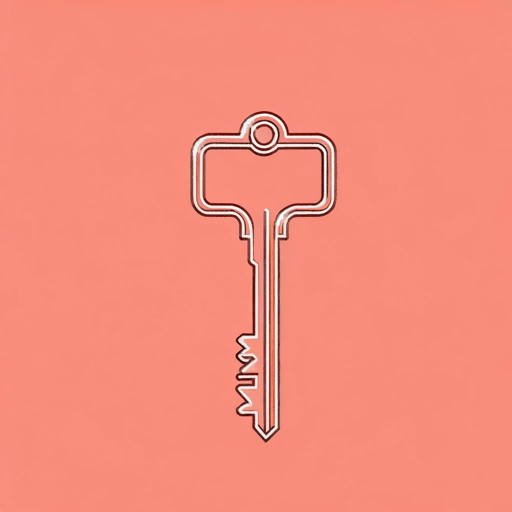
1408
Stephen King

Bag of Bones
Stephen King

Billy Summers
Stephen King
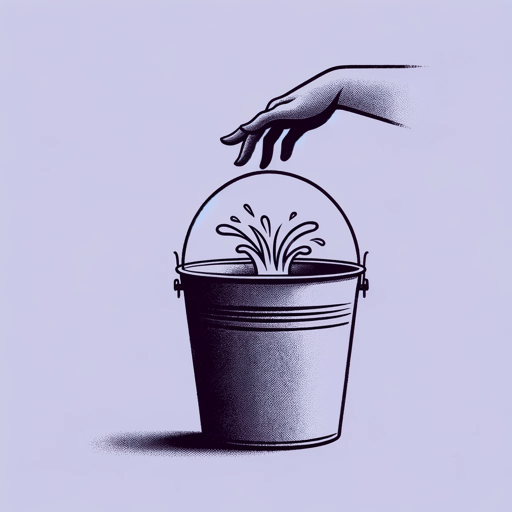
Carrie
Stephen King

Children of the Corn
Stephen King
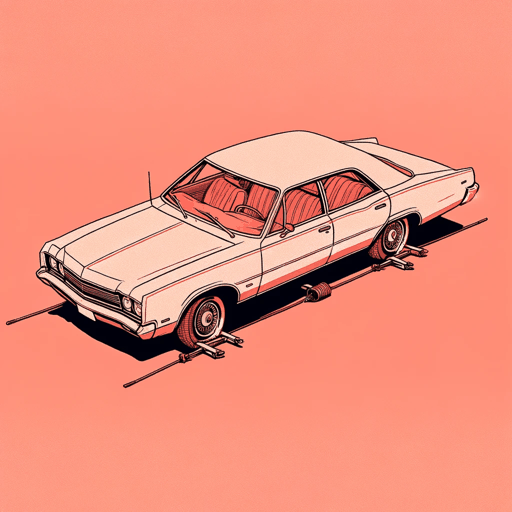
Cujo
Stephen King
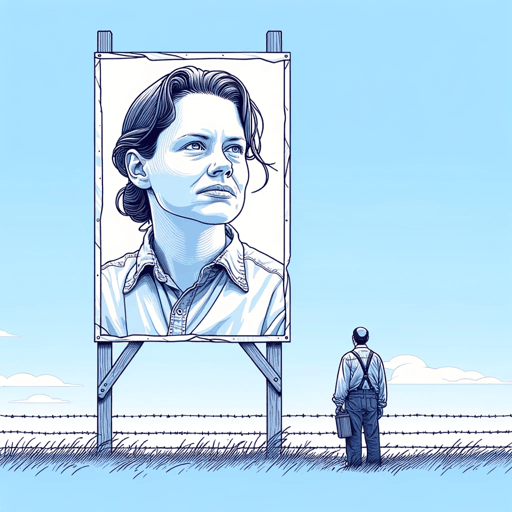
Different Seasons
Stephen King
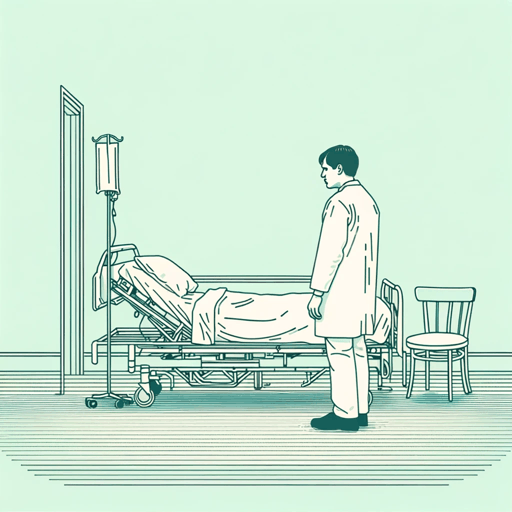
Doctor Sleep
Stephen King
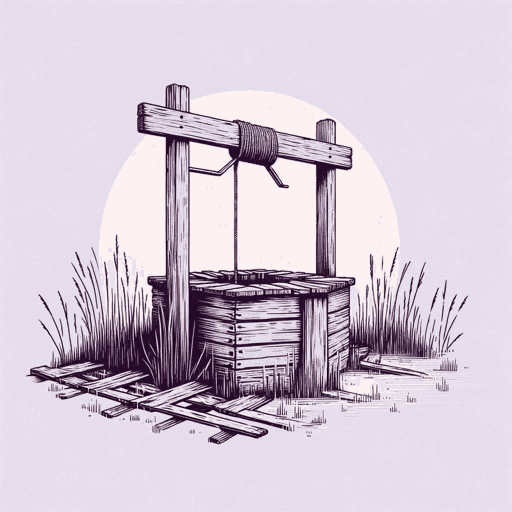
Dolores Claiborne
Stephen King

Duma Key
Stephen King
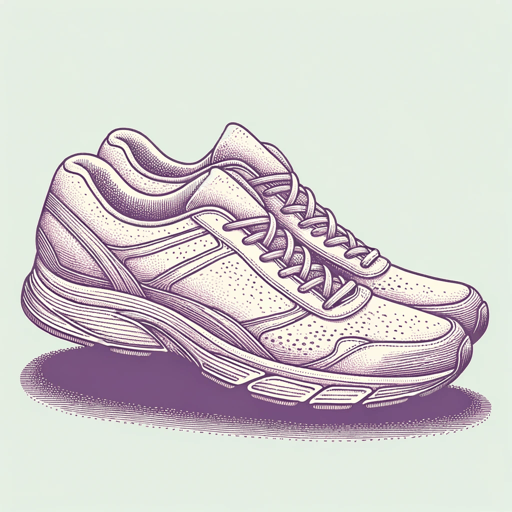
Elevation: A Novel
Stephen King

End of Watch
Stephen King
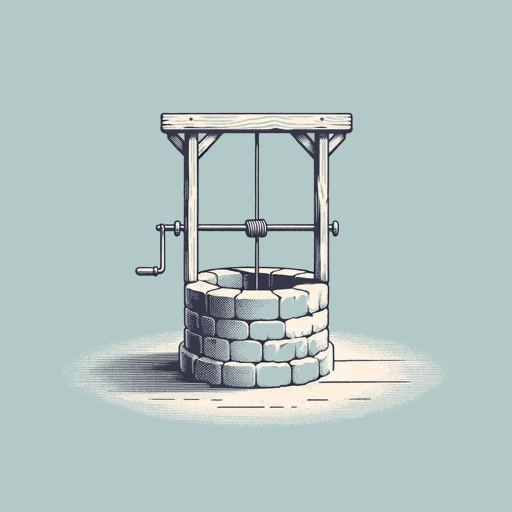
Fairy Tale
Stephen King

Finders Keepers
Stephen King
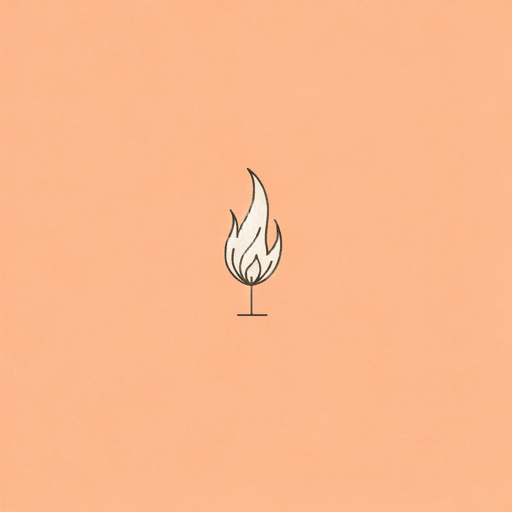
Firestarter
Stephen King

From a Buick 8
Stephen King

Full Dark, No Stars
Stephen King
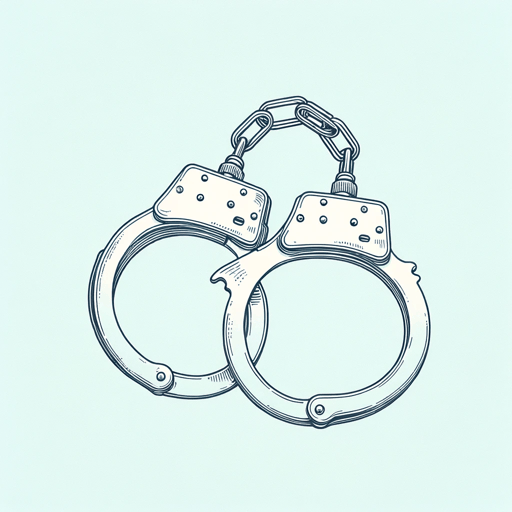
Gerald's Game
Stephen King

Gwendy's Button Box
Stephen King, Richard Chizmar

